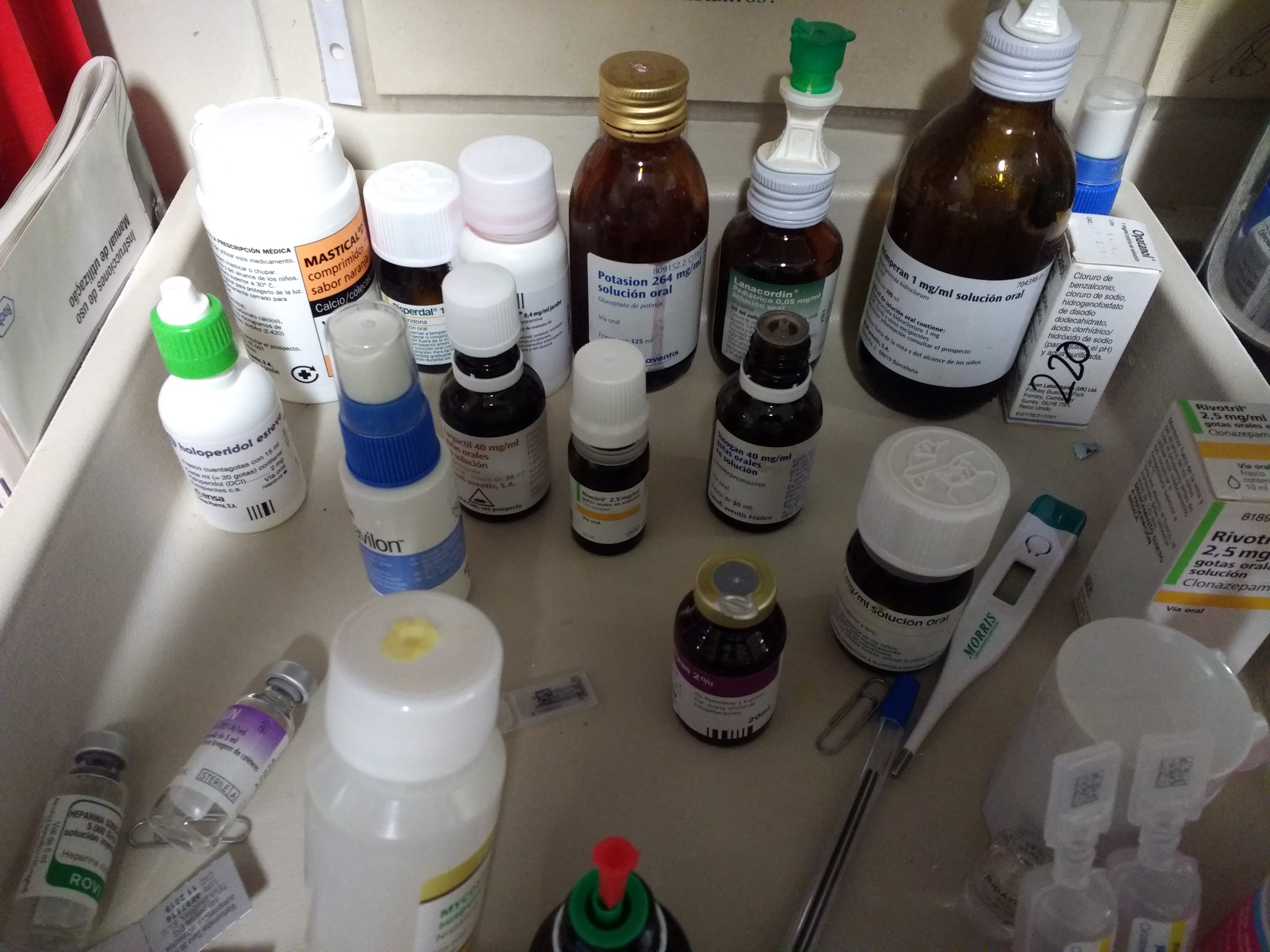Antibiotics: uncommon side effects and diagnostic error

Antibiotics are used every day in all medical facilities around the world. The perception of a high level of safety is also widely disseminated in the medical community, and the knowledge of the main side effects, usually associated with the possibility of allergies,
nephrotoxicity or liver damage, is a cornerstone of a correct clinical practice. However, there are uncommon side effects that can be the origin of a diagnostic error. We have selected in the next list some of these infrequent clinical situations.
Antibiotics and uncommon side effects
Imipenem: seizures (1%).
Levofloxacin: False positive opiod test in urine.
Ciprofloxacin: Tendonitis, it can evolve to rupture, especially in Achilles tendon.
Vancomicin: rush (trunk, neck).
Amoxicillin-clavulanic: crystalluria. Bladder catheter obstruction.
Amikacin: Risk of neuromucular blockade, especially concomitant with anesthetics or curarizantes.
Cephalosporin third generation: Disulfide type reactions if there is alcohol consumption.
Daptomicin: myopathy, muscle pain.
Claritromicin: Potentiates multiple drugs including anticoagulants, antifungals and phenytoin, due to the inhibition of the cytochrome CYP3A4 isoenzyme.
Piperacillin tazobactam: increase incidence of fever and rash in subjects with cystic fibrosis.


